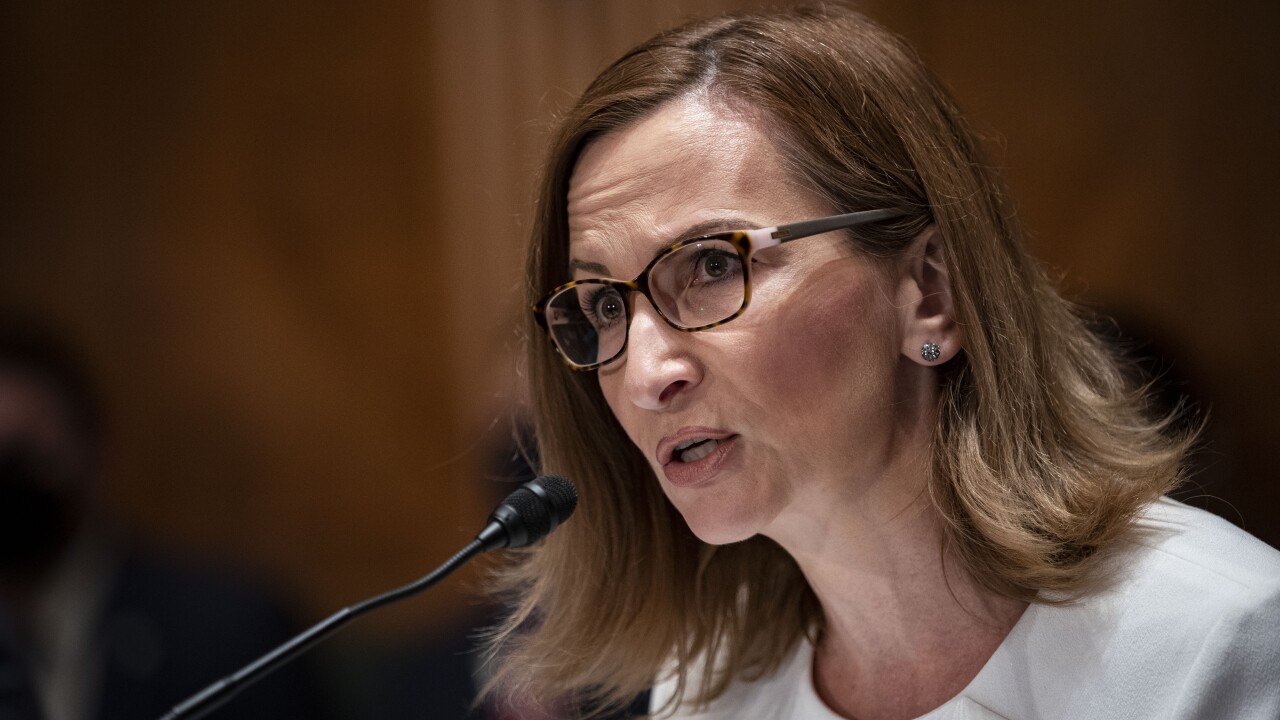A surprising number of big organizations still rely on traditional paper invoicing and BACS (Bankers Automated Clearing Services) to pay their suppliers.
While this approach has some advantages, the stretching of standard payment terms, particularly in embattled sectors like construction, is causing suppliers considerable pain. At first glance, this looks like the odds are stacked against the supplier.
In truth, however, the traditional model doesn’t really benefit the buyer either. The high volume of human and capital resources required to set up and maintain admin-heavy supply chain finance processes means buyers often struggle to onboard new suppliers. This "process overhead" can be so cumbersome that many buyers become resistant to change, opting instead to limit their supplier choices to a small number of partners, meaning they end up doing business with only a tiny fraction of the overall market.

Thankfully, digital payments integration and the popularization of B2B card payments in the supply chain are enabling dramatic change. Here, buyers, acquirers and suppliers can all plug into independent stakeholder-agnostic payments platforms that offer simplicity and efficiency as fundamentals, by doing the invoicing, payment and reconciliation "heavy lifting" on their behalf.
Card payments enable large parts of the payments process to be automated and streamlined, reducing administrative headaches for procurement teams and suppliers alike. For example, Level 3 purchasing cards utilize bespoke electronic card management information systems. These systems receive invoices electronically, cost-allocate and then reconcile them, all without human input. This creates significant process efficiencies by freeing up internal resources at either end.
Digital B2B payments also provide detailed email remittances and portals accessible to buyers and suppliers 24/7. These portals include information about past and incoming payments and calculators that allow stakeholders to input their data to show the cost of payments and savings offered, removing any uncertainty and complexity from the equation.
Stakeholder agnostic payments platforms circumvent the conventional "process overhead" for buyers by providing fully managed end-to-end supplier onboarding services, including bespoke microsites with detailed instructions and tailored correspondence for buyers to share with their suppliers.
This ensures that merchants can be onboarded quickly and creates an established business network of connected buyers and suppliers, further simplifying card issuance and acceptance and giving buyers access to a wide range of qualified merchants. In this way the digital transformation of supply chain payments is creating new value, fundamentally changing the way buyers and merchants find, evaluate and interface with one another.
Suppliers that are connected to a well populated platform can also position themselves favorably to buyers. What was once merely transactional has now become a tool to enable the harmonization of commercial engagement, which is in turn enabling stronger, deeper partnerships.
Payments integration is playing an increasingly influential role in supplier selection, evidenced by the sharp rise in tender documents that inquire about supplier acceptance of card payments, and even whether they accept Level 3 purchasing cards specifically. Suppliers who can answer in the affirmative can position themselves more favorably in tenders with any buying client operating a card program.
Joining an established business network is also beneficial for suppliers. It opens them up to other buyers and issuers in the network. Plus, as a card acceptor, they automatically become part of the network of the card scheme they partner with (Visa or Mastercard, for example).
Since the card schemes publish lists of accepting suppliers, buyers use these to identify suppliers on the same network as them, increasing merchant visibility among their target customers and driving business growth.
Ultimately, digital payment integration technologies go beyond improving efficiencies and reducing costs. It creates opportunity. All parties benefit from the added value accessed through the smart application of flexible technologies that bring buyers, suppliers, issuers and acquirers closer together.
And, perhaps most important, no one need ever write another invoice again.





